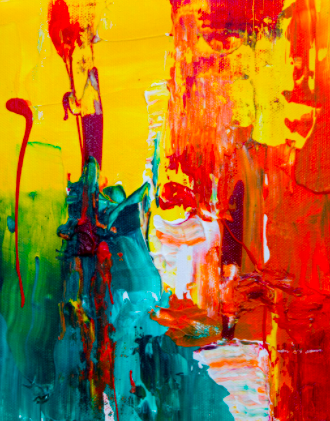Warning: Undefined array key "sharing_networks_networks_sorting" in /var/www/wp-content/plugins/monarch/monarch.php on line 3904
Warning: Trying to access array offset on value of type null in /var/www/wp-content/plugins/monarch/monarch.php on line 3904
Art harkens back almost as long as humanity itself. While we generally think of things really taking off around the Renaissance, archeologists have discovered cave paintings that date back to our earliest days. One thing is clear from all this: Expression is fundamental to our species.
Of course, a lot has changed over the years. From ancient Greece to the modern art galleries throughout New York today, trends and movements come and go. For most of us, there are a few signature styles that move us the most.
It’s hard to know why; art just speaks to you or it doesn’t. Trying to describe the reasons why one painting is better than the painting next to it can be difficult — perhaps even a fool’s errand. But even if you can’t exactly put your finger on it, here are a few ways to help cultivate more understanding and help identify your personal art style.
1. Look Around at Everything
Keep your eyes wide open. Indeed, the easiest way to find out what you like and feel inspired by is to tune your eyes on everything around you. It sounds simple, but too many people cut themselves off from the wider art world and only ever end up seeing a few styles. Now, you don’t necessarily have to become a student who memorizes all the different art movements, but if you simply try to get a good sample of everything that’s out there, you’ll be able to find something you love.
2. Do A Little Bit of Homework
While just looking — in museums, in books, or online — is a great way to find out what you like, try to go a little further. You might realize you like Impressionism after seeing a few Monets. He may be the father of the field and seen as the greatest example of that style, but that doesn’t mean he is the greatest to you. If you do a little research, you’ll learn more about Renoir, Winslow Homer, Manet, and many more. Chances are, one of the “lesser” masters may be the one who stands out most and truly inspires you to fall in love with fine art.
3. Make Some Connections
The more you learn, the more you’ll likely want to discover. The best art is timeless, but there is always a distinct history involved. Certain trends quite naturally lead to the next progression. The push — and perhaps mastery — of Realism directly sparked the push toward Abstract art, for example, as more and more people wanted to see the world in a different way.
Meantime, Cubism was instrumental in the development of Art Deco. As you discover how everything is interrelated, it will be easier to understand the “why” behind things on some level, and this can inspire a deeper appreciation for what, at first, may have just looked like a pretty picture on the wall.
The Definition of Art Style
As with a lot of things tied to art, discovering your personal style and taste represents an aspect of duality. Ultimately, you’ll mostly be moved merely by the visual aspect and will like what you like — and there’s no reason to challenge it or apologize.
Still, a deeper understanding can lead to a larger appreciation. You don’t need a Ph.D. or to know the name of every work displayed in the Louvre. Ignorance isn’t a virtue, though, and you’ll learn a lot if you put forth the effort.
Like most things, the more effort you put in, the more you’ll get out of it. Don’t overthink things too much, but keep your eyes open and do a little homework. In time, this lifelong journey will bear more and more fruit — and you’ll truly start to feel like you’ve found an art style all your own.

